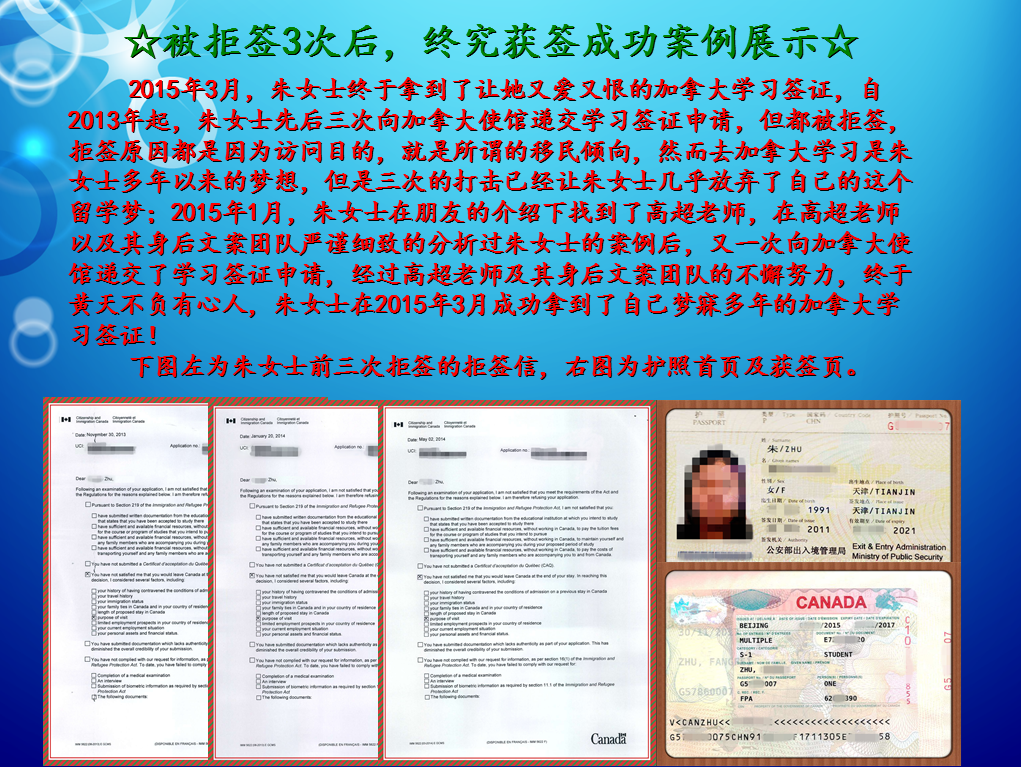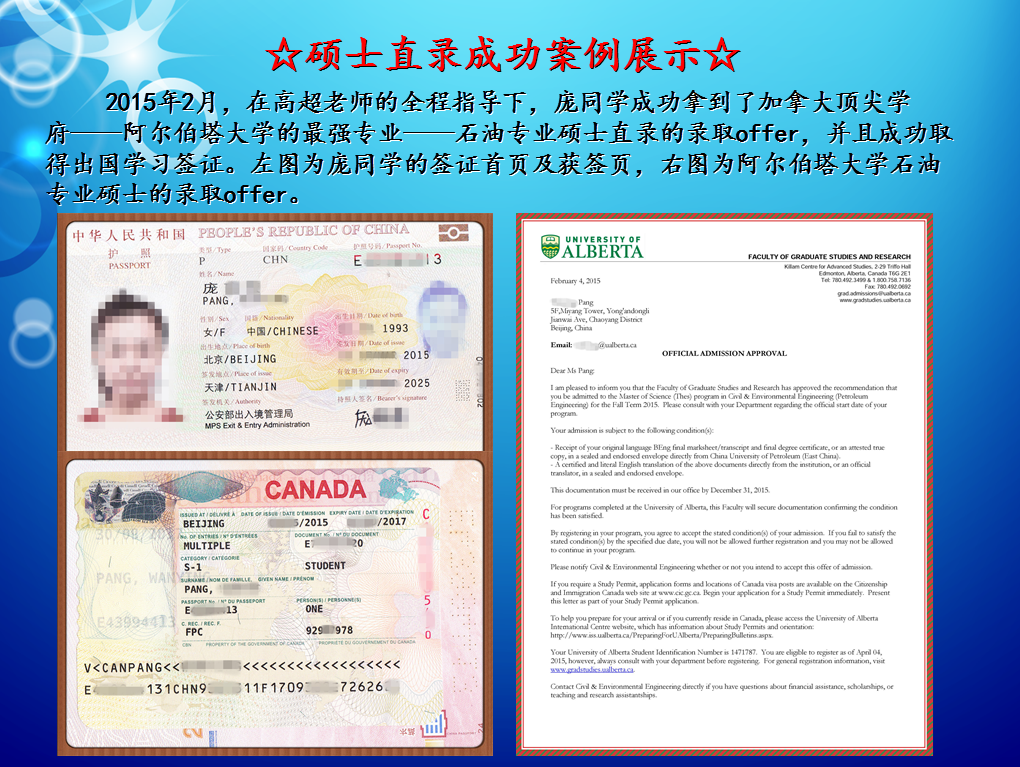SAT阅读必知的文学术语.
2017-08-05 297阅读
下面澳际小编为大家整理了SAT阅读必知的文学术语介绍,家可以在备考SAT阅读考试的时候进行适当的参考和练习,以便更加熟练的掌握,争取在考场上有更好的发挥。希望对大家有所帮助。
1.Literature of the absurd: (荒诞派文学) The term is applied to a number of works in drama and prose fiction which have in common the sense that the human condition is essentially absurd, and that this condition can be adequately represented only in works of literature that are themselves absurd. The current movement emerged in France after the Second World War, as a rebellion against essential belis and values of traditional culture and traditional literature. They hold the beli that a human being is an isolated existent who is cast into an alien universe and the human life in its fruitless search for purpose and meaning is both anguish and absurd.
2.Theater of the absurd: (荒诞派戏剧) belongs to literature of the absurd. Two representatives of this school are Eugene Ionesco, French author of The Bald Soprano (1949) (此作品中文译名<秃头歌女>), and Samuel Beckett, Irish author of Waiting for Godot (1954) (此作品是荒诞派戏剧代表作<等待戈多>). They project the irrationalism, helplessness and absurdity of life in dramatic forms that reject realistic settings, logical reasoning, or a coherently evolving plot.
3.Black comedy or black humor: (黑色幽默) it mostly employed to describe balul, na?ve, or inept characters in a fantastic or nightmarish modern world playing out their roles in what Ionesco called a “tragic farce”, in which the events are often simultaneously comic, horrifying, and absurd. Joseph Heller’s Catch-22 (美国著名作家约瑟夫海勒<二十二条军规>) can be taken as an example of the employment of this technique.
4. Aestheticism or the Aesthetic Movement(唯美主义): it began to prevail in Europe at the middle of the 19th century. The theory of “art for art’s sake” was first put forward by some French artists. They declared that art should serve no religious, moral or social purpose. The two most important representatives of aestheticists in English literature are Walt Pater and Oscar Wilde.
5. Allegory(寓言): a tale in verse or prose in which characters, actions, or settings represent abstract ideas or moral qualities, such as John Bunyan’s The Pilgrim’s Progress. An allegory is a story with two meanings, a literal meaning and a symbolic meaning.
6. Fable(寓言): is a short narrative, in prose or verse, that exemplifies an abstract moral thesis or principle of human behavior. Most common is the beast fable, in which animals talk and act like the human types they represent. The fables in Western cultures derive mainly from the stories attributed to Aesop, a Greek slave of the sixth century B. C.
7. Parable(寓言): is a very short narrative about human beings presented so as to stress analogy with a general lesson that the narrator is trying to bring home to his audience. For example, the Bible contains lots of parables employed by Jesus Christ to make his flock understand his preach.
(注意以上三个词在汉语中都翻译成语言,但是内涵并不相同,不要搞混)
8. Alliteration(头韵): the repetition of the initial consonant sounds. In Old English alliterative meter, alliteration is the principal organizing device of the verse line, such as in Beowulf.
9. Consonance is the repetition of a sequence of two or more consonants but with a change in the intervening vowel, such as “live and love”.
10. Assonance is the repetition of identical or similar vowel, especially in stressed syllables, in a sequence of nearby words, such as “child of silence”.
11. Allusion (典故)is a rerence without explicit identification, to a literary or historical person, place, or event, or to another literary work or passage. Most literary allusions are intended to be recognized by the generally educated readers of the author’s time, but some are aimed at a special group.
12. Ambiguity(复义性): Since William Empson(燕卜荪) published Seven Types of Ambiguity(《复义七型》), the term has been widely used in criticism to identify a deliberate poetic device: the use of a single word or expression to signify two or more distinct rerences, or to express two or more diverse attitudes or feeling.
13. Antihero(反英雄):the chi character in a modern novel or play whose character is totally different from the traditional heroes. Instead of manifesting largeness, dignity, power, or heroism, the antihero is petty, passive, infectual or dishonest. For example, the heroine of Doe’s Moll Flanders is a thi and a prostitute.
14. Antithesis(对照):(a figure of speech)An antithesis is often expressed in a balanced sentence, that is, a sentence in which identical or similar syntactic structure is used to express contrasting ideas. For example, “Marriage has many pains, but celibacy(独身生活)has no pleasures.” by Samuel Johnson obviously employs antithesis.
15. Archaism(拟古):the literary use of words and expressions that have become obsolete in the common speech of an era. For example, the translators of the King James Version of Bible gave weight and dignity to their prose by employing archaism.
16. Atmosphere(氛围): the prevailing mood or feeling of a literary work. Atmosphere is often developed, at least in part, through descriptions of setting. Such descriptions help to create an emotional climate to establish the reader’s expectations and attitudes.
17. Ballad(民谣):it is a song, transmitted orally, which tells a story. It originated and was communicated orally among illiterate or only partly literate people. It exists in many variant forms. The most common stanza form, called ballad stanza is a quatrain in alternate four- and three-stress lines; usually only the second and fourth lines rhyme. Although many traditional ballads probably originated in the late Middle Age, they were not collected and printed until the eighteenth century.
18. Climax:as a rhetorical device it means an ascending sequence of importance. As a literary term, it can also rer to the point of greatest intensity, interest, or suspense in a story’s turning point. The action leading to the climax and the simultaneous increase of tension in the plot are known as the rising action. All action after the climax is rerred to as the falling action, or resolution. The term crisis is sometimes used interchangeably with climax.
19. Anticlimax(突降):it denotes a writer’s deliberate drop from the serious and elevated to the trivial and lowly, in order to achieve a comic or satiric fect. It is a rhetorical device in English.
20. Beat Generation(垮掉一代):it rers to a loose-knit group of poets and novelists, writing in the second half of the 1950s and early 1960s, who shared a set of social attitudes – antiestablishment, antipolitical, anti-intellectual, opposed to the prevailing cultural, literary, and moral values, and in favor of unfettered self-realization and self-expression. Representatives of the group include Allen Ginsberg, Jack Kerouac and William Burroughs. And most famous literary creations produced by this group should be Allen Ginsberg’s long poem Howl and Jack Kerouac’s On the Road.
以上就是SAT阅读必知的文学术语的全部内容,希望大家能在考试前对这些问题进行详细的了解和掌握。如果想了解更多SAT阅读考试官方信息可以拨打免费咨询电话:400-601-0022,或者直接点击SAT考试频道右下角的咨询窗口在线跟专业培训老师进行沟通。
SAT阅读必知的文学术语SAT阅读必知的文学术语2下面澳际小编为大家整理了SAT阅读必知的文学术语介绍,家可以在备考SAT阅读考试的时候进行适当的参考和练习,以便更加熟练的掌握,争取在考场上有更好的发挥。希望对大家有所帮助。
1.Literature of the absurd: (荒诞派文学) The term is applied to a number of works in drama and prose fiction which have in common the sense that the human condition is essentially absurd, and that this condition can be adequately represented only in works of literature that are themselves absurd. The current movement emerged in France after the Second World War, as a rebellion against essential belis and values of traditional culture and traditional literature. They hold the beli that a human being is an isolated existent who is cast into an alien universe and the human life in its fruitless search for purpose and meaning is both anguish and absurd.
2.Theater of the absurd: (荒诞派戏剧) belongs to literature of the absurd. Two representatives of this school are Eugene Ionesco, French author of The Bald Soprano (1949) (此作品中文译名<秃头歌女>), and Samuel Beckett, Irish author of Waiting for Godot (1954) (此作品是荒诞派戏剧代表作<等待戈多>). They project the irrationalism, helplessness and absurdity of life in dramatic forms that reject realistic settings, logical reasoning, or a coherently evolving plot.
3.Black comedy or black humor: (黑色幽默) it mostly employed to describe balul, na?ve, or inept characters in a fantastic or nightmarish modern world playing out their roles in what Ionesco called a “tragic farce”, in which the events are often simultaneously comic, horrifying, and absurd. Joseph Heller’s Catch-22 (美国著名作家约瑟夫海勒<二十二条军规>) can be taken as an example of the employment of this technique.
4. Aestheticism or the Aesthetic Movement(唯美主义): it began to prevail in Europe at the middle of the 19th century. The theory of “art for art’s sake” was first put forward by some French artists. They declared that art should serve no religious, moral or social purpose. The two most important representatives of aestheticists in English literature are Walt Pater and Oscar Wilde.
5. Allegory(寓言): a tale in verse or prose in which characters, actions, or settings represent abstract ideas or moral qualities, such as John Bunyan’s The Pilgrim’s Progress. An allegory is a story with two meanings, a literal meaning and a symbolic meaning.
6. Fable(寓言): is a short narrative, in prose or verse, that exemplifies an abstract moral thesis or principle of human behavior. Most common is the beast fable, in which animals talk and act like the human types they represent. The fables in Western cultures derive mainly from the stories attributed to Aesop, a Greek slave of the sixth century B. C.
7. Parable(寓言): is a very short narrative about human beings presented so as to stress analogy with a general lesson that the narrator is trying to bring home to his audience. For example, the Bible contains lots of parables employed by Jesus Christ to make his flock understand his preach.
(注意以上三个词在汉语中都翻译成语言,但是内涵并不相同,不要搞混)
8. Alliteration(头韵): the repetition of the initial consonant sounds. In Old English alliterative meter, alliteration is the principal organizing device of the verse line, such as in Beowulf.
9. Consonance is the repetition of a sequence of two or more consonants but with a change in the intervening vowel, such as “live and love”.
10. Assonance is the repetition of identical or similar vowel, especially in stressed syllables, in a sequence of nearby words, such as “child of silence”.
上12下
共2页
阅读全文留学咨询
更多出国留学最新动态,敬请关注澳际教育手机端网站,并可拨打咨询热线:400-601-0022
留学热搜
相关推荐
- 专家推荐
- 成功案例
- 博文推荐

Copyright 2000 - 2020 北京澳际教育咨询有限公司
www.aoji.cn All Rights Reserved | 京ICP证050284号
总部地址:北京市东城区 灯市口大街33号 国中商业大厦2-3层









高国强 向我咨询
行业年龄 12年
成功案例 3204人
留学关乎到一个家庭的期望以及一个学生的未来,作为一名留学规划导师,我一直坚信最基本且最重要的品质是认真负责的态度。基于对学生和家长认真负责的原则,结合丰富的申请经验,更有效地帮助学生清晰未来发展方向,顺利进入理想院校。
Amy GUO 向我咨询
行业年龄 17年
成功案例 4539人
一切的一切从现在开始.用自己的态度闯出一片天
薛占秋 向我咨询
行业年龄 11年
成功案例 1869人
从业3年来成功协助数百同学拿到英、美、加、澳等各国学习签证,递签成功率90%以上,大大超过同业平均水平。
Tara 向我咨询
行业年龄 7年
成功案例 1869人